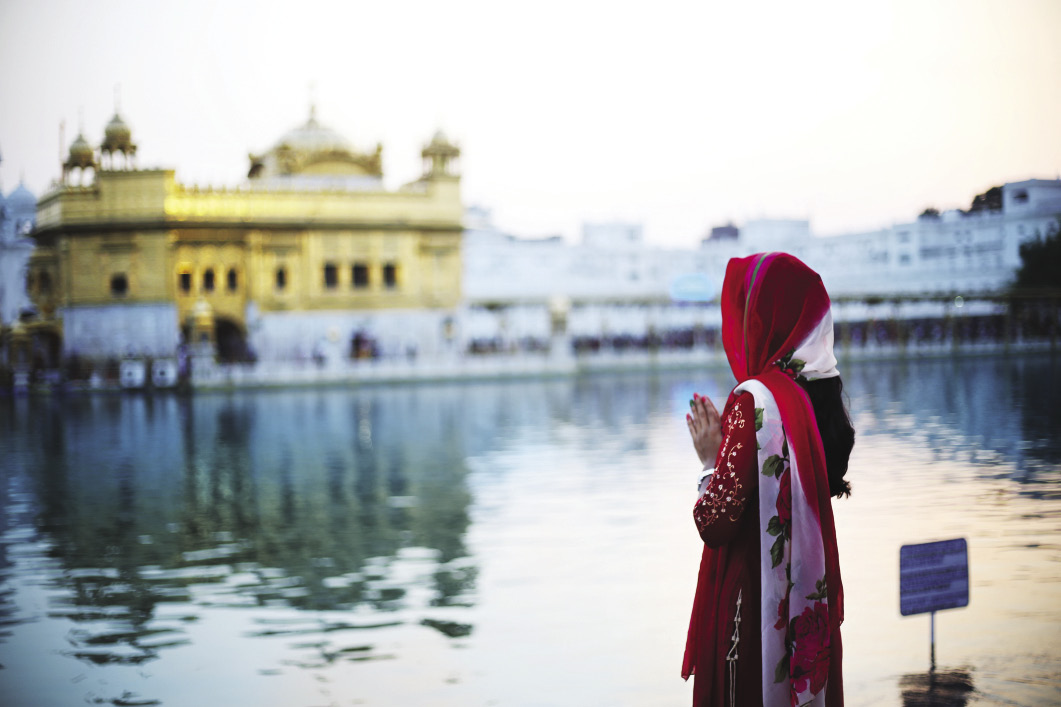
Geoffrey Bindman recounts a deeply shameful event in British history & salutes the right to peaceful protest
Last year I wrote about the Peterloo massacre, which took place on 16 August 1819 (see ‘Peterloo remembered’, 168 NLJ 7820, p22). Eighteen people were killed in St Peter’s Field, Manchester, by sabre-wielding soldiers directed by a senior officer. Almost exactly 100 years later, on 13 April 1919, an even bloodier massacre took place in a public open space inside the city of Amritsar, in the Punjab. More than 500 were shot dead by soldiers firing rifles on the orders of a British officer, Brigadier-General Dyer. On both occasions many more were injured. There were other parallels. Both assaults were directed at a crowd of unarmed men, women and children gathered peacefully to protest and hear speeches critical of government. Those responsible in both cases were subject to British law. India was governed by legislation passed by the UK parliament and was administered entirely by British officials headed by the Viceroy.
In April 1919, World War I had recently been won. Indian troops, especially Punjabi, had contributed much to the victory. Mahatma Gandhi, leader of the growing non-violent nationalist protest movement, strongly supported volunteering. It was widely expected that the British would reward loyalty by concessions to demands for self-government. This did not happen. Discontent spread. A committee chaired by Lord Rowlatt recommended strengthening and consolidating existing emergency powers. Parliament implemented its report in the ominously named Anarchical and Revolutionary Crimes Act (the Rowlatt Act), which authorised arbitrary arrest, detention without trial, secret courts, curfews, and deportation of suspects. There was minimal access to judicial supervision.
Two of the leaders of peaceful protest in Amritsar were arrested and deported—without charge or trial—to a distant corner of the Punjab. On 10 April supporters tried to reach the British Governor’s office in the segregated British enclave to deliver a petition for their release but were halted by soldiers who opened fire into the crowd, killing three people and injuring others. In the chaos that followed, angry protesters set banks and other buildings on fire and two British officials were burned to death. Marcella Sherwood, an English missionary, was severely beaten but survived. When news reached Lahore, the capital of the province, General Dyer set out for Amritsar with reinforcements. He issued a proclamation imposing a curfew and banning meetings. Learning that a meeting was about to take place in defiance of his orders (though many were unaware of them), he marched to the meeting place with 50 soldiers. Finding a crowd of several thousand listening to speeches, Dyer lined up his troops and, with no warning or invitation to disperse, ordered them to open fire. 1,650 bullets were fired at the crowd in ten minutes. Hundreds lay dead or dying. Dyer and his troops immediately marched away, leaving the scene of carnage with no help for the wounded or any attempt to call for assistance.
How could such an atrocity be justified or explained? Dyer was one of the small British ruling elite who were always conscious of their vulnerability. The horrors of the mutiny of 1857, when so many British residents were slaughtered, remained vivid in their collective memory. Among the rulers in India, as among those in Britain, there were many who believed that violent repression was the only way to maintain security. Questioned and cross-examined over several days by the Disorders Inquiry Committee, appointed later in 1919 by the Viceroy and chaired by Lord Hunter, Dyer showed no remorse, claiming that his action was necessary and that he should be thanked for doing the right thing. The majority of the committee mildly criticised Dyer, rejecting his claim that he had averted a rebellion. The army council reprimanded him for an ‘error of judgement’. He resigned, losing part of his pension but suffering few other consequences. On the contrary, he received much praise in Britain as ‘the saviour of the Raj’. A public subscription provided him with the means to buy a comfortable retirement home.
The reaction of prominent Indians was much harsher. The Nobel Prize-winning poet Sir Rabindranath Tagore published a powerful attack and renounced his knighthood. Gandhi withdrew his loyalty to the British government and denounced Dyer in forthright terms. But Gandhi attacked the official response even more fiercely. He wrote ‘ …the slow torture, degradation and emasculation that followed was much worse, more calculated, malicious and soul-killing, and the actors who performed the deeds deserve greater condemnation than General Dyer for the… massacre. The latter merely destroyed a few bodies but the others tried to kill the soul of a nation.’ He was describing the reign of terror which followed the massacre during which arbitrary and humiliating punishments were inflicted on the local Indian population.
As in the aftermath of Peterloo—following which the Home Secretary Lord Sidmouth introduced the notoriously repressive ‘Six Acts’—the British authorities in India punished the victims instead of the perpetrators. In both cases, the law failed abjectly to safeguard the victims or provide them with redress. In 2013, David Cameron, then British prime minister, visited the memorial garden in Amritsar which now occupies the site of the massacre. He wrote in the visitors’ book: ‘This was a deeply shameful event in British history… We must never forget what happened here. And in remembering we must ensure that the United Kingdom stands up for the right to peaceful protest throughout the world.’
In these turbulent times, Cameron’s reminder must always be heeded and acted upon.
Sir Geoffrey Bindman QC, NLJ columnist & consultant, Bindmans LLP.
© iStockphoto/rvimages












